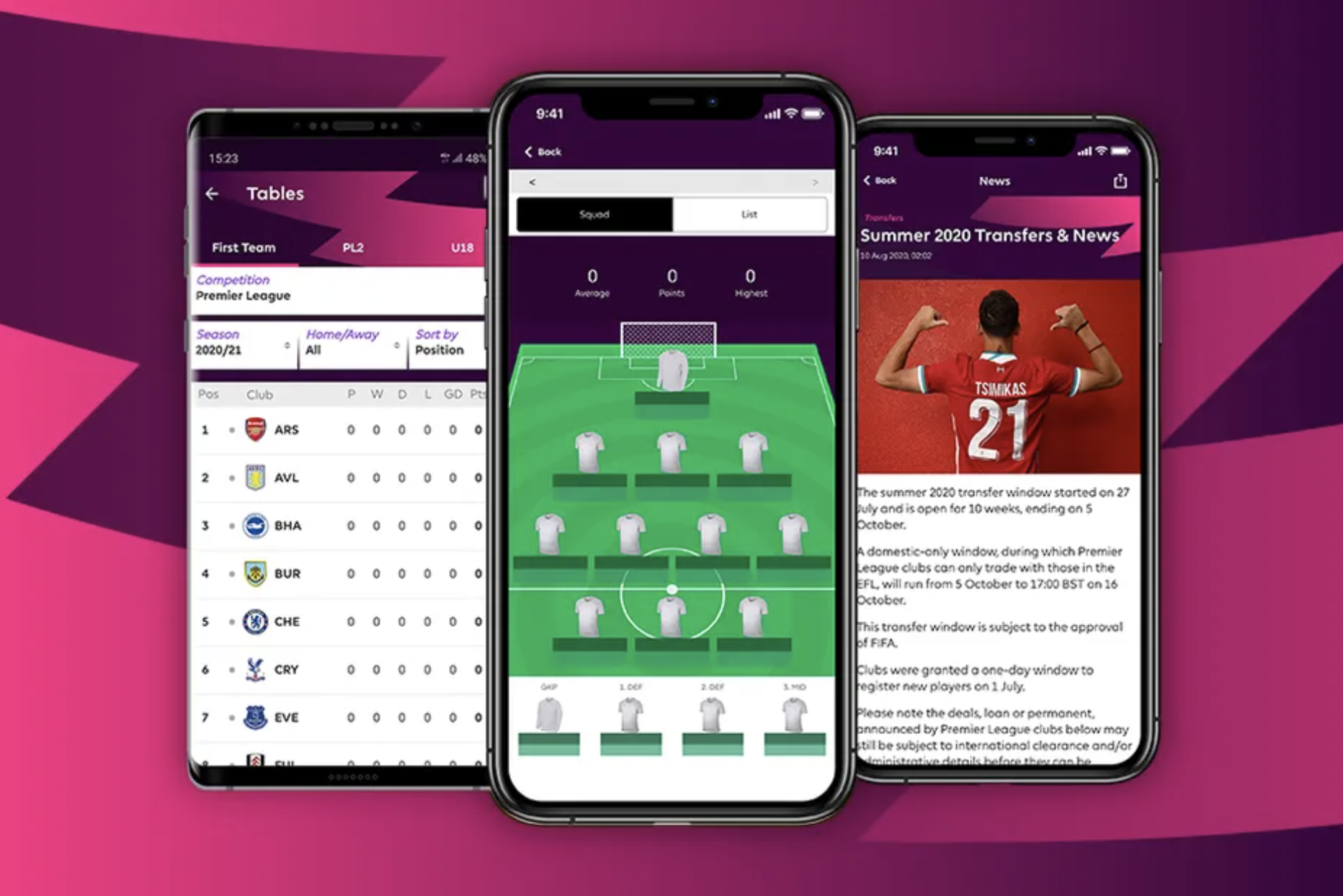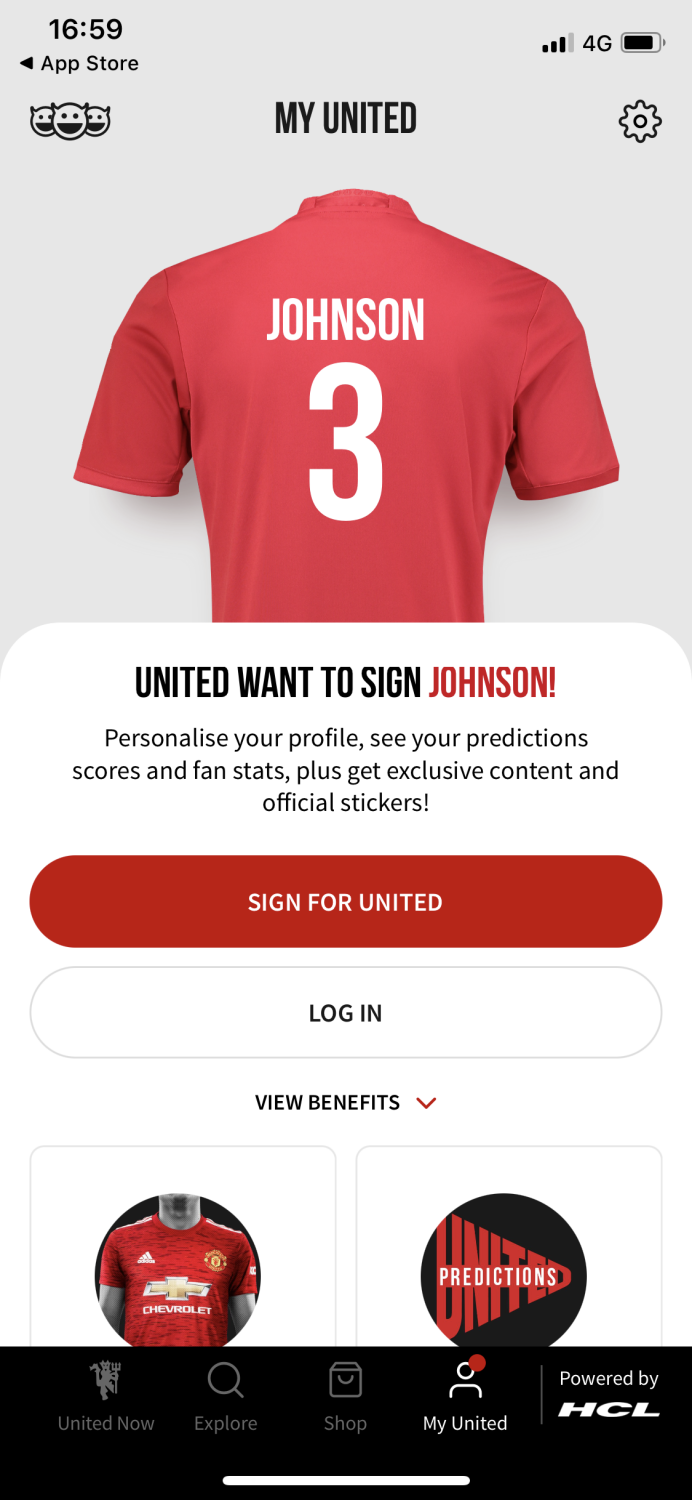What does sport in 2020 and outer-space have in common? They both have no atmosphere.
Certainly there have been no spilt pints in the stands and no embracing as that all important halftime equaliser is scored, but those hair rising moments that encapsulate watching our favourite teams haven’t entirely gone away. Sports brands have instead used this opportunity to create the shared experience of a sporting event wherever their fans are.
From second screen experiences to pre-event build up, sports brands are stepping up their game across various stages of the fan’s digital journey. Here are just a few of the cutting edge examples we’ve encountered…
As many as 70% of adults say they use another device at the same time as watching TV (OFCOM 2018), so it’s especially important that any digital experience feels completely connected and in-sync with the live event stream. Some digital experiences aim to be just a simple accompaniment to the live broadcast, while others are relentlessly vying for your attention. In the past, running text commentary has been the norm, but with so many apps offering that same experience, some organisations have decided to call time on simply showing text commentary and start doing more to really satisfy those watching the match.
The Formula 1 app, for example, has really embraced stat visualisations as a way to complement the race watching experience. As part of the premium subscription, a wealth of telemetry and driver data is made available and displayed in novel ways. Fans can track everything from a specific driver’s location on the track, to gear changes and current speed. In addition, fans can hear clips from race control and the various team radios.

Other apps have introduced more ways to add video highlights into the standard text commentary in order to keep things interesting. The MLB app adds quick and fun video highlights throughout their running commentary. Plus the NBA app allows you to easily scroll through a timeline of all the plays and watch the relevant clip, just in case you missed a key moment while grabbing a snack.
The fan experience shouldn’t just start at kick off. Sometimes the excitement building up to an upcoming match is better than the match itself! Sports brands are always trying new ways to try and encourage that excitement, and get fans engaging long before game day.
For example Chelsea FC introduced their Play Predictor game at the beginning of this season. It allows fans to make quick predictions about an upcoming match, earn points for correct answers, and win prizes based on how well they do. The design of the game allows for easy interaction while on the go and it only takes a moment to make your predictions.
To encourage fans to keep playing throughout the year, leaderboards are shown per match, month, and season and there are some impressive prizes on offer, including a grand prize of a VIP Matchday experience. Just by looking at the in-game leaderboard it’s clear that these methods have led to a high retention rate for users playing the game, and the fan response has been overwhelmingly positive to date. Back of the net for CFC ?
 Although Fantasy Sports have been around for a while now, it’s only more recently that the leagues themselves have begun capitalising on their fame. The Premier League (PL), for example, runs its own fantasy league every year. With over six million players, it’s the biggest fantasy football league in the world and is free to join.
Although Fantasy Sports have been around for a while now, it’s only more recently that the leagues themselves have begun capitalising on their fame. The Premier League (PL), for example, runs its own fantasy league every year. With over six million players, it’s the biggest fantasy football league in the world and is free to join.

Being a part of the fantasy league is seamless, as it’s built into the existing PL app. This allows fans to easily track their fantasy team in the same place where they get all the latest PL news and stats. They also produce a fantasy specific TV show to provide fantasy news and help players make better choices in their fantasy drafts. Incorporating fantasy into the app is a cunning move by the PL to keep fans coming back.
Providing a compelling onboarding experience for a sport app or website is a great way to move from consideration to acquisition by making people feel special. The on-boarding process needs to feel invigorating, it needs to demonstrate the pride, solidarity, authenticity and rawness of real fans.
Manchester Utd does a great job of making users of their app feel welcome. When you first open it up, the app asks you who your favourite player is, then what number you would like to have on your football shirt and then your surname. As you enter the information it appears on the back of a Man U shirt. It then makes your year by telling you that the club wants to sign you. The clever word play makes fans feel they’re finally fulfilling their dream to play for the club they love.

Many apps and websites offer simple commentary for users to follow during an event. Others go further and provide their fans with the ability to chat with each other and discuss the events from the live game. However, chat streams can soon become unwieldy, meaningless and difficult to follow. We believe that giving users simple prompts and thought starters to base their discussions around provide a great opportunity for a more structured discussion.
For example, during the days preceding an event, clubs could ask fans to discuss their dream striking partnership for a game, or notify them about the latest injuries and ask them what impact they think these will have on the match. Quick polls could be used to get initial reactions to key events and then used to provoke further discussion, much like on social media. The advantage of fostering these interactions in-app, is that brands are more likely to hold the attention of their fans.
Whilst nobody knows when we’ll all be back shouting at the ref from the stadium rather than from our sofas, it’s likely that these recent innovations will become a permanent part of the sporting experience. Yamaha’s recent partnership with two Japanese football clubs to create the Remote Cheer app is testament to this. The app broadcasts cheers and boos controlled by fans to the stadium sound system during the match. When fans return to stadiums, could those watching from home also contribute to the atmosphere on the pitch?
Either way, we’re not convinced that space and the sports experience will have much in common any longer.
Furthermore are a digital product and service design studio based in London. We help organisations tackle some of their biggest challenges. We know how important your current and potential customers are, so we treat every business as if it were our own.